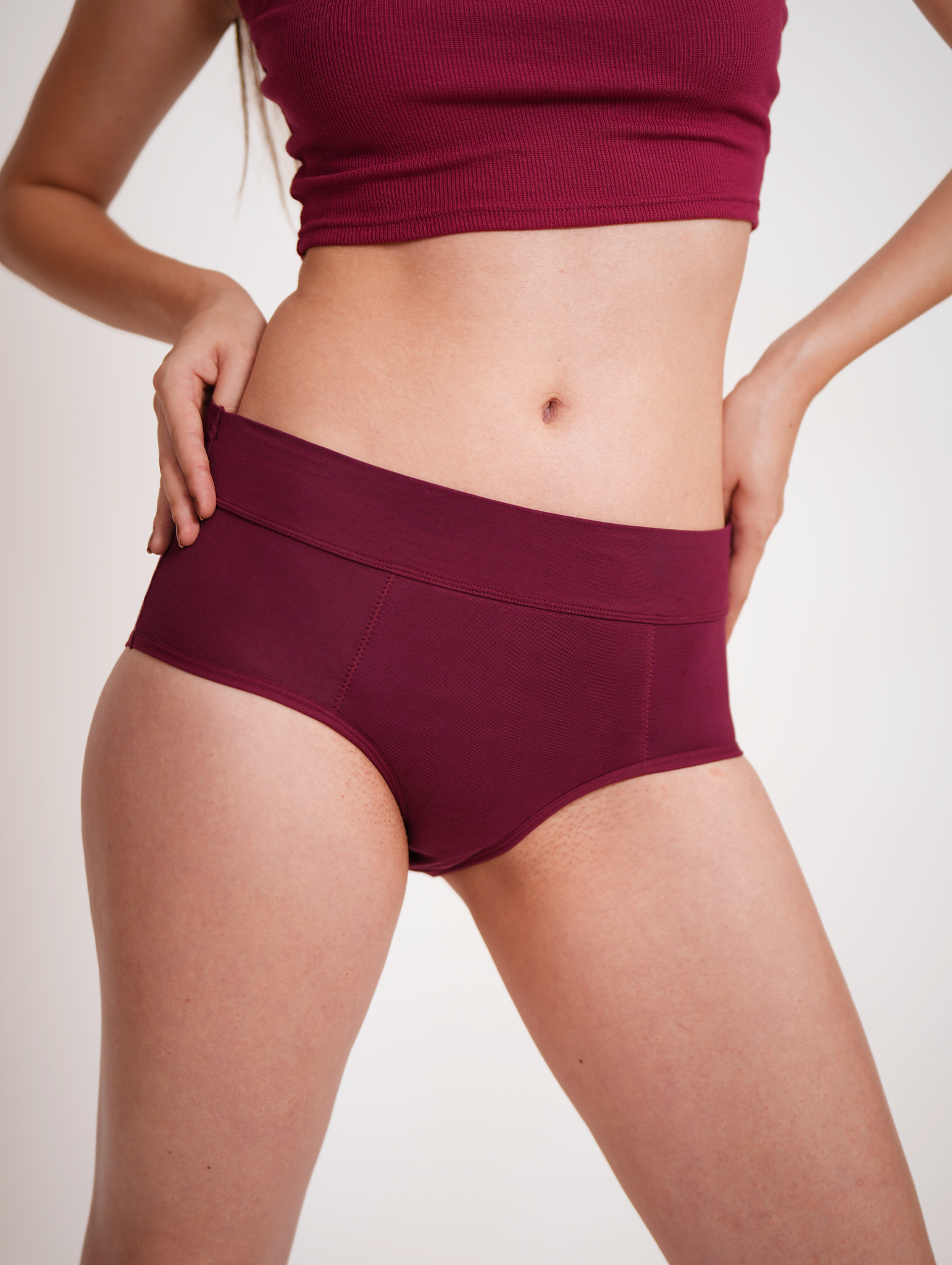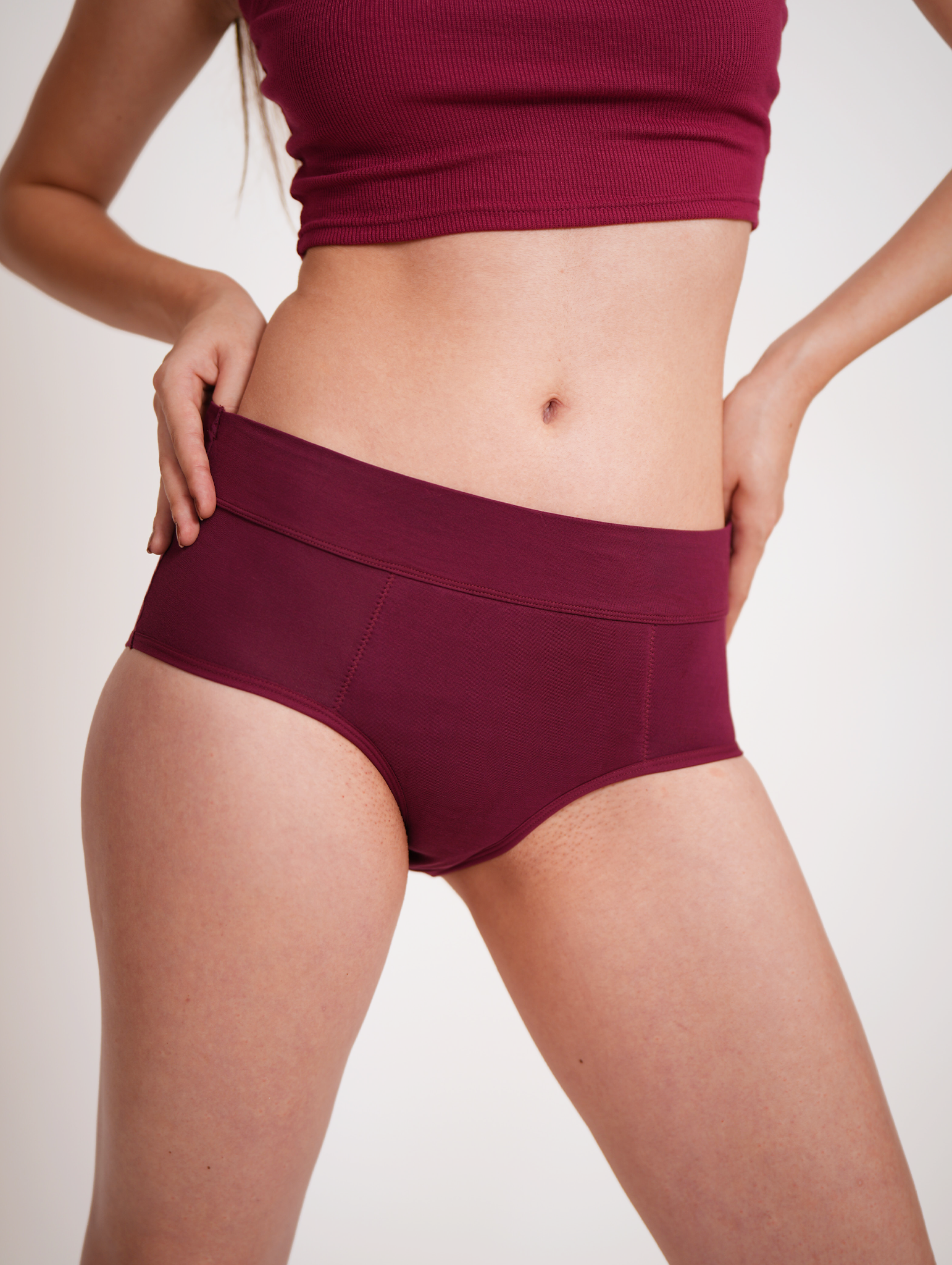The junction of environmental sustainability and menstrual hygiene presents a critical yet frequently overlooked public health and environmental conservation nexus. Whereas menstrual hygiene products are preconditioned for billions of women across the world, their case studies pose severe challenges to the environment.
The Problem with Conventional Menstrual Products
Most of the conventional menstrual products including sanitary pads and liners are disposal items made from a mixture of plastics and synthetic fibres with chemical additives. Each one adds to the emerging plastic pollution since they are non-biodegradable. One woman could use up to 5,000 to 15,000 pads within her lifetime which has a big collected amount of waste.
-
Plastic Pollution: Most sanitary pads comprise up to 90% of plastic alone, and that plastic takes hundreds of years to decompose. This plastic waste is then landfilled or ends up in oceans, posing a menace to wildlife and ecosystems.
-
Chemical Waste: Pads are filled with chemical additives, such as bleach and fragrances. These will leach out into the soil and water systems and can potentially deteriorate them, going as far as entering the food chain.
- Carbon Footprint: There is a tremendous amount of carbon emissions from the production, packaging, and transportation of menstrual products. This means everything from extracting raw materials through to disposal of what is called general environmental impact arising from a product in its lifetime.
The Rise of Sustainable Menstrual Care Products
Moreover, owing to these environmental concerns, the sustainable menstrual products market has grown rapidly. These alternatives are not just waste-reducing but also ensure improved health and financial benefits for women.
-
Reusable Cloth Pads: These pads, essentially made from organic cotton, can be washed and reused for some years. They need not be constantly repurchased, and they spell huge waste reduction.
-
Reusable Period Panties: These are specially designed panties that have a built-in absorbable layered design to be washed and used again. Period panties provide comfort and a sustainable alternative to products used singly.
- Disposable Pads: Certain brands provide products that have biodegradable pads which are made of organic raw materials, like bamboo and organic cotton. These quickly decompose faster than conventional products and are free from hazardous chemicals.
Challenges and Considerations
Though sustainable menstrual hygiene products promise much, the significant challenges that bar the way to their full adoption are still many and diverse.
-
Accessibility and Affordability: Sustainable products mostly have higher upfront costs, a factor that is a definite barrier to many women, especially in low-income regions. Efforts must be made towards making them more affordable and accessible.
-
Cultural Acceptance: There are very deep-seated taboos and miscommunication related to menstrual hygiene inherent in so many cultures. Hence, the first obstacles educational and awareness programs create are those before new products.
- Hygiene and Infrastructural Setting: Reusable products require proper sanitation facilities to be used safely. In regions lacking clean water and hygiene facilities, utilizing the products is a challenge.
Conclusion
The environmental impacts might be huge, but there is still hope, especially now that environmental sustainability alternatives are already trending. Utilizing products such as reusable pads, panties and biodegradable pads ones will help immensely reduce plastic pollution, decrease carbon footprints, and ensure healthier, more sustainable menstrual practices.
The mitigation of the environmental impact of menstrual hygiene remains not only a public health issue but also becomes a milestone in our quest for global sustainability.
Better awareness, education, and investment in some sustainable solutions can make huge differences in safeguarding the resilience of our planet.



